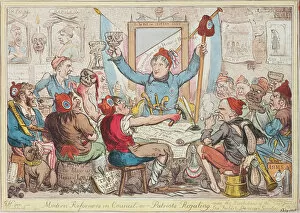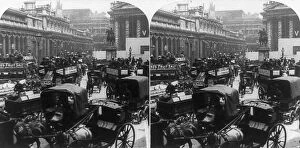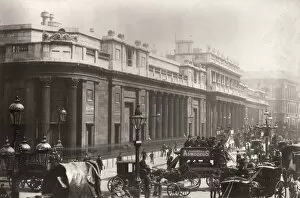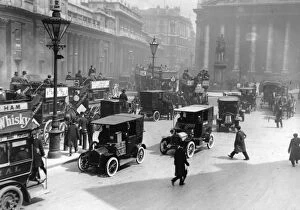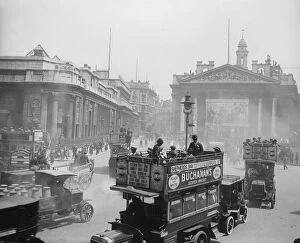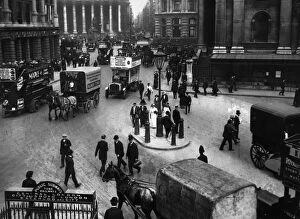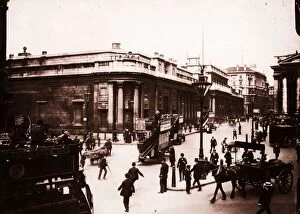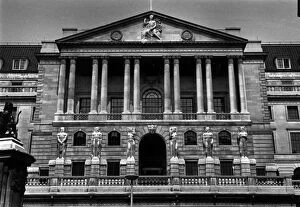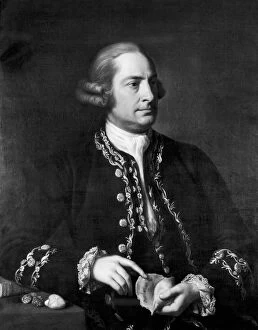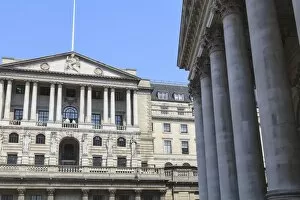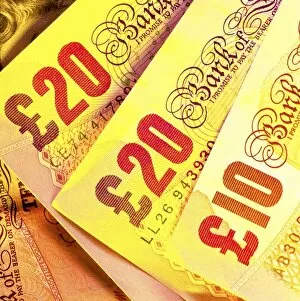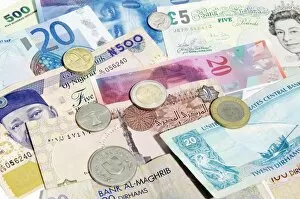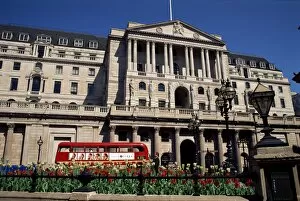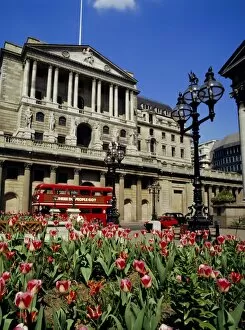Bank Of England Collection (#8)
"The Bank of England: A Historical Icon in the Heart of London" Step into the captivating world of the Bank of England
For sale as Licensed Images
Choose your image, Select your licence and Download the media
"The Bank of England: A Historical Icon in the Heart of London" Step into the captivating world of the Bank of England, an institution that has withstood political ravishment and emerged as a symbol of stability. Dating back to 1797, James Gillray's artwork titled "Political Ravishment, or the Old Lady of Threadneedle Street in Danger. " vividly portrays the challenges faced by this iconic establishment. As you stroll along Threadneedle Street, your eyes are immediately drawn to a majestic double-decker bus parked proudly in front of the bank. This juxtaposition between modernity and tradition perfectly encapsulates how the Bank of England seamlessly blends history with contemporary finance. Delve deeper into its rich heritage through fascinating engravings like "Leeds, " which showcases intricate details from 1826. Another masterpiece by Standidge & Co called "The Old Woman of Threadneedle Street" captures both elegance and strength embodied by this financial powerhouse. Immerse yourself further into history as you explore depictions such as "The national pop-shop in Threadneedle Street. " Created during the same era, it offers a glimpse into daily life surrounding this influential institution. Fast forward to 1872 when visitors were granted access to witness something truly extraordinary – entrance to the gold bullion vaults at the Bank of England. The grandeur depicted in this image speaks volumes about its importance within global finance. Beyond its walls lies a hidden gem known as The Bank Garden – an oasis amidst bustling city life. Its tranquil beauty provides respite for those seeking solace amidst their busy schedules while reminding us that even institutions rooted in commerce can appreciate nature's serenity. In times past, Coldstream Guards stood vigilant outside, protecting what lay within these hallowed halls. Their presence evokes feelings of security and reassurance that have become synonymous with this esteemed establishment throughout centuries gone by. John Doyle's creation titled "Deficiency.

